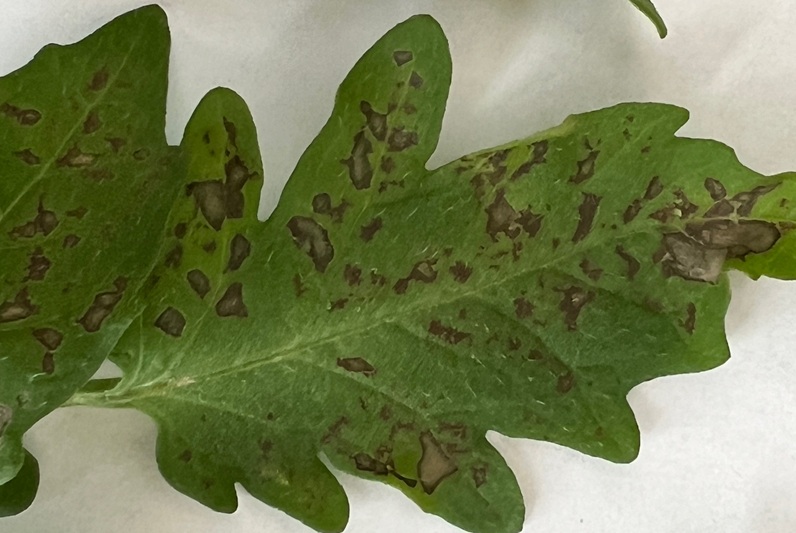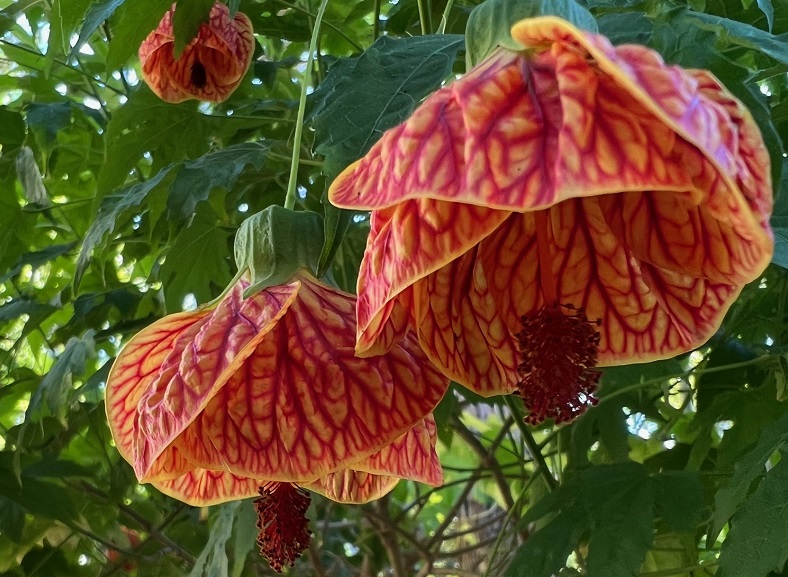Any tree that has been planted within the past two years should be monitored for watering during the winter months. Any tree that was in a 100 gallon pot or larger when planted should be monitored for several years beyond that, as larger trees take longer to fully establish.
PLEASE DO NOT RELY ON RAIN OR LAWN IRRIGATION TO ESTABLISH NEWLY PLANTED TREES OR SHRUBS. REGULAR DEEP SOAKING WITH A HOSE IS REQUIRED TO ESTABLISH TREES AND SHRUBS, EVEN IN THE WINTER MONTHS.
EVERGREEN TREES AND SHRUBS: Evergreen trees and shrubs will need to be watered more often in the winter than deciduous shrubs, since they retain their leaves. Leaves lose moisture to the wind and to the air during our warm winter Central Texas days. It is difficult to recommend a watering frequency due to our constantly changing temperatures. Remember, if it is warm, or windy, your plants will need to be checked more often. Watch the weather forecasts and SEND THEM INTO THE DAY HYDRATED IF WIND IS EXPECTED TO BE HIGH. Check soil often and water deeply when you water.
DECIDUOUS TREES AND SHRUBS: Trees and shrubs which lose their leaves in the winter will still need to be watered regularly during the establishment period. Roots will grow all winter, regular winter watering will reward you with a tree or shrub that will better adapt to our hot summer weather. Again, check the soil regularly, and water as needed. Smaller root balls will dry more quickly than larger root balls. There is really no substitute for checking the soil with your finger to determine if soil is dry. A smaller root ball (5 gallon to 15 gallon) may be allowed to dry out three inches down while a larger root ball (30 gallon and larger) may be allowed to dry out six inches down. These are just estimates, as temperature, wind, soil type and species of tree will be the determining factors in how often to water your tree. A good rule of thumb for deciduous trees is to check the soil twice a week if the temperatures are consistently below 50°F . Check soil more often when temperatures are warmer.
Temperature Guidelines for Frequency of Watering (Evergreen Trees will need to be more closely monitored than Deciduous Trees)
90-100 Degrees every day
80-90 Degrees every other day
50-80 Degrees twice a week
Winter once a week
NOTE: These are “guidelines only”. Nothing can replace frequent monitoring of soil moisture.
EVERGREEN PERENNIALS: Evergreen, winter-hardy perennials such as Salvia greggii, Pink Skullcap, and Blackfoot Daisy are easily established during the winter in Central Texas. Like the evergreen shrubs, water them on warm or windy days. The soil should be allowed to dry somewhat when it is cool, and should be checked regularly for moisture.
TROPICAL PLANTS
Remember that tender plants such as lemons and other citrus, bougainvillea, and plumeria need to come inside during cold temperatures. Frost cloth and mulch may help borderline plants survive cold weather, but only provide a few degrees of protection. Click HERE for more information on protecting tropical plants in the winter.



